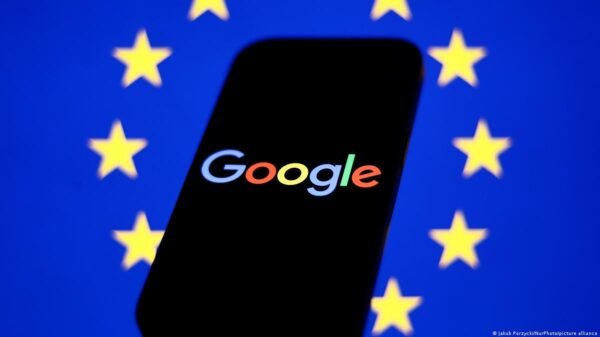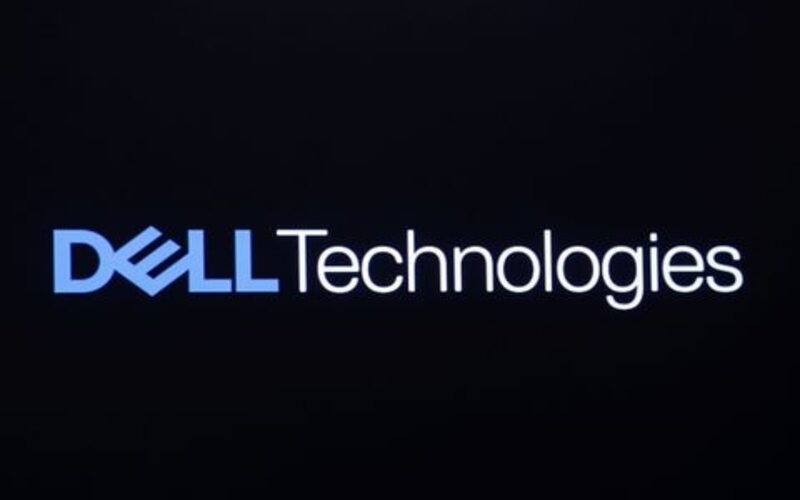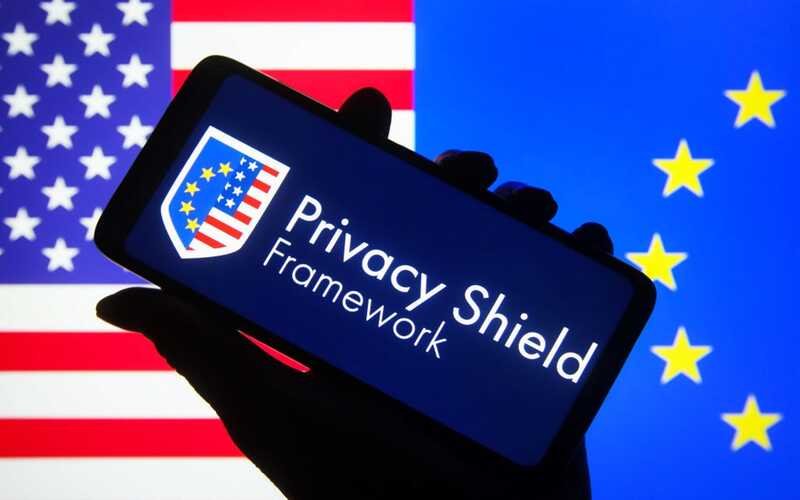EU-U.S. Data Transfer Pact: Strengthening Privacy and Cross-Border Data Flow. The European Commission recently announced a new data transfer pact between the European Union (EU) and the United States (U.S.), aiming to address the legal uncertainties surrounding the transfer of personal data across the Atlantic. This landmark agreement comes after the annulment of two previous pacts that had facilitated the transfer of personal data for various services, including cloud infrastructure, payroll, and banking. While the new data transfer pact provides assurance, it faces a potential challenge from privacy activist Max Schrems and his non-profit group Noyb, who argue that further changes in U.S. surveillance law are necessary for adequate protection.
Ensuring Adequate Data Protection: Key Features of the EU-U.S. Data Transfer Pact
The EU-U.S. Data Transfer Pact incorporates crucial provisions to ensure the safe data flow between the EU and the U.S., minimizing the need for additional data protection measures. The European Commission has concluded that the U.S. data protection laws provide an “adequate level of protection” for European citizens. The agreement includes binding safeguards that limit the access of U.S. intelligence services to EU data to what is deemed “necessary and proportionate.” Furthermore, establishing a Data Protection Review Court for Europeans enables privacy complaints. It empowers the court to order to delete data collected, violating the new safeguards.
Balancing Privacy Rights and Business Interests: Perspectives on the EU-U.S. Data Transfer Pact
The new EU-U.S. data transfer agreement has evoked varied responses from different stakeholders. U.S. President Joe Biden has expressed his support for the pact, highlighting the joint commitment to strong data privacy protections. EU justice chief Didier Reynders has voiced confidence in defending the agreement against potential legal challenges, emphasizing the solidity of the data privacy framework. On the other hand, privacy activist Max Schrems has criticized the revised agreement, calling for changes in U.S. surveillance laws to ensure greater privacy protection. It is important to note that the agreement has received support from the lobbying group DigitalEurope, as it provides companies with increased confidence to conduct business while aiding economic growth.
The Journey So Far: Historical Context and Legal Developments
To understand the significance of the EU-U.S. data transfer pact, it is essential to review the context and legal milestones that led to its establishment. The previous agreement, Privacy Shield, permitted the transfer of European users’ data to the U.S. for storage and processing within domestic data centers. However, the European Court of Justice invalidated Privacy Shield in 2020 due to concerns about U.S. surveillance practices and insufficient data protection against public authorities. Since then, companies have relied on mechanisms such as Standard Contractual Clauses to ensure cross-border data transfers. However, these mechanisms have also faced scrutiny, with the Irish Data Protection Commission ruling against Meta’s use of SCCs for data transfers to the U.S.
The Future Outlook: Challenges and Implications
While the EU-U.S. data transfer pact offers a path forward for data transfers, it still faces potential legal challenges from privacy activists. The concerns raised primarily revolve around U.S. surveillance laws and the need for stronger privacy safeguards. As the agreement progresses, it will be crucial to balance protecting individuals’ privacy rights and facilitating business data flow. Ongoing collaboration between the EU and the U.S. will be essential to address any shortcomings and maintain a robust data transfer framework.
Conclusion: Facilitating Data Transfers with Enhanced Protection
The EU-U.S. data transfer pact represents a significant step toward providing legal certainty and facilitating cross-border data transfers between the EU and the U.S. While challenges and concerns persist, the binding safeguards and measures in the agreement aim to ensure the adequate protection of European data. Balancing privacy rights and business interests will continue to shape the future of data transfers, necessitating ongoing collaboration and adaptation to evolving legal requirements. By establishing a framework that addresses privacy concerns, the EU and the U.S. can foster an environment that promotes innovation, trust, and data-driven economic growth in a global context.

















































